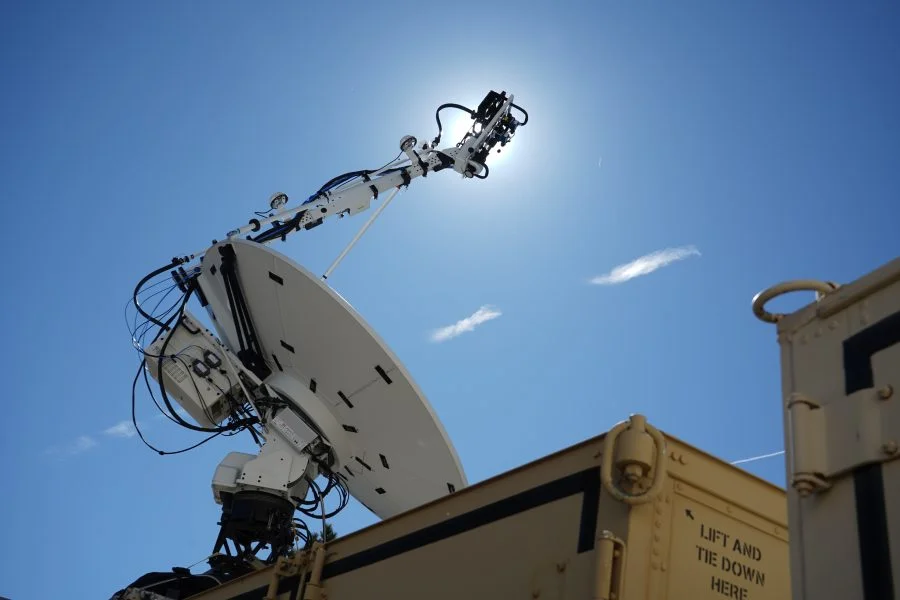
US Military Worried About China’s Space Ambitions: Deterrence in a New Battlefield
The United States faces a challenging situation in deterring potential Chinese attacks on its assets in space, according to a recent report. With China rapidly expanding its capabilities, a zero-sum outlook on security, and ambiguous policies, the future of space warfare is becoming a growing concern for US military officials.
A new study by the Center for Naval Analyses, published by the Air Force’s China Aerospace Studies Institute on May 19, highlights the difficulties in deterring China from attacking U.S. space assets. The report suggests that the U.S. may need to shift its focus from deterrence to developing space as a warfighting domain.
“U.S. efforts to respond to the China military threat in space may be better focused on developing space as a warfighting domain with a secondary deterrence objective,” the report stated, emphasizing the need to deny China the advantage of a first strike.
The report identifies ten factors that could affect U.S. deterrence of China in space, split into three categories:
- Military balance and space-unique factors
- Challenger (PRC) views
- International Norms and signaling
Only two of these factors are likely to increase America’s ability to deter China in space. The study also points out the ambiguity in both U.S. and Chinese space policies, which could lead to inadvertent escalation.
Meanwhile, Admiral Alvin Holsey, commander of the U.S. Southern Command, recently expressed concerns about China's expanding space infrastructure in Latin America. He noted that the scale of China's regional space infrastructure is second only to mainland China, raising questions about their intentions.

“There’s a lot of PRC China space and labor infrastructure in this region, and our partners want to know more about it, and I want to know more about it as well,” Holsey said at a security conference in Miami.
Holsey mentioned that there are currently 10 PRC-linked space sites across 5 countries in the region, involved in space object surveillance, identification, and telemetry, tracking, and control. SouthCom is set to establish Space South command, based at Davis-Monthan Air Force Base in Arizona, to address these growing concerns.
To enhance its ability to deter attacks in space, the U.S. is taking several steps, including improving the resilience of its space architecture, enhancing space domain awareness, and developing effective response strategies for various scenarios. General B. Chance Saltzman, Chief of Space Operations, emphasized the importance of a resilient force that can “deter attacks and, when necessary, withstand, fight through, and recover rapidly from them.”
The U.S. is also pursuing discussions of international norms with China, despite skepticism from both sides. Experts believe that even if norms cannot be fully established, dialogue could improve signaling and reduce miscommunication.
While challenges remain in deterring China's space ambitions, the U.S. is actively working to adapt its strategies and capabilities to maintain its position in space. As the competition between the two countries intensifies, the future of space warfare remains a critical area of focus.
What strategies do you think are most effective at deterring potential attacks in space? Share your thoughts and opinions in the comments below.